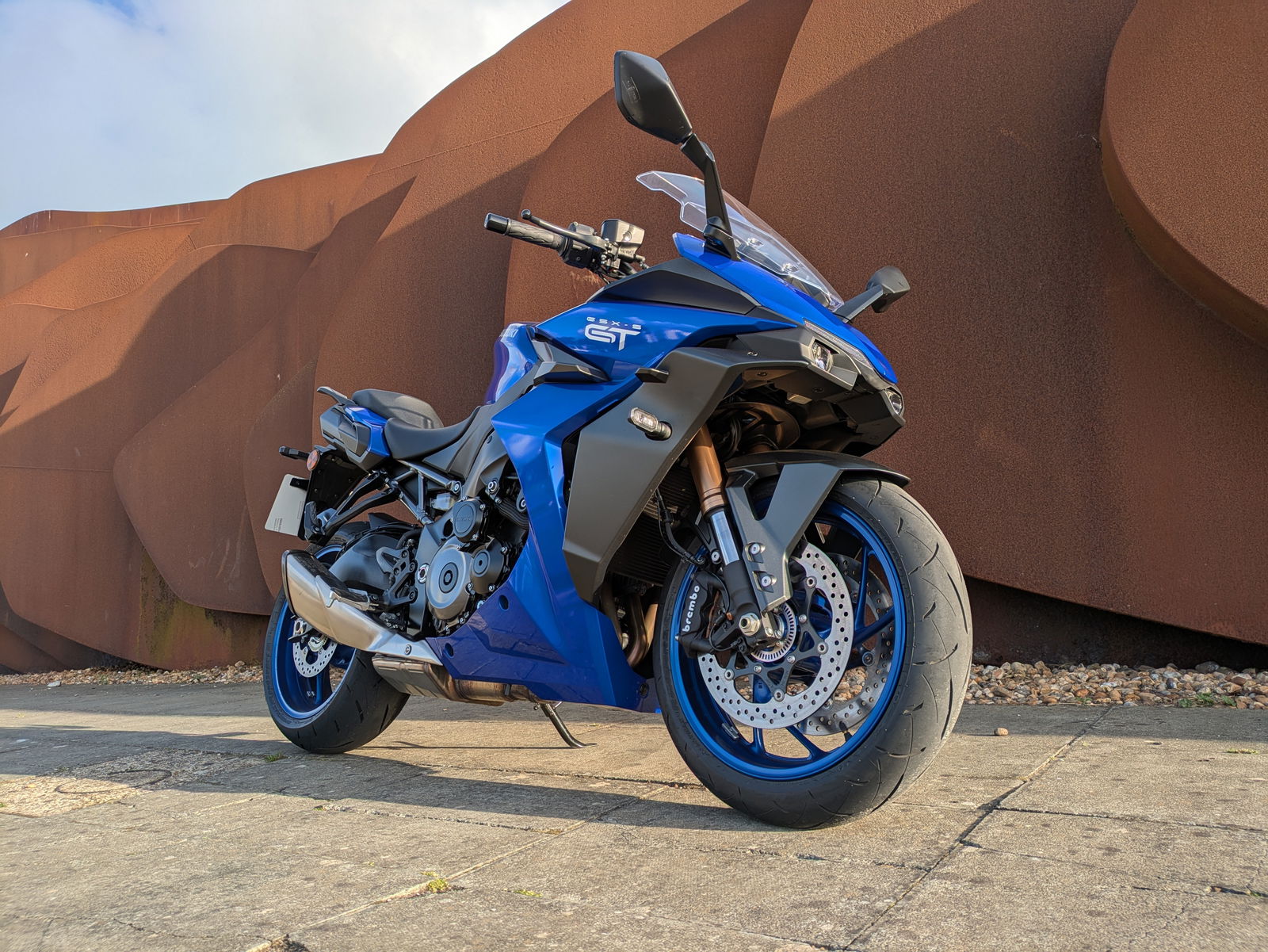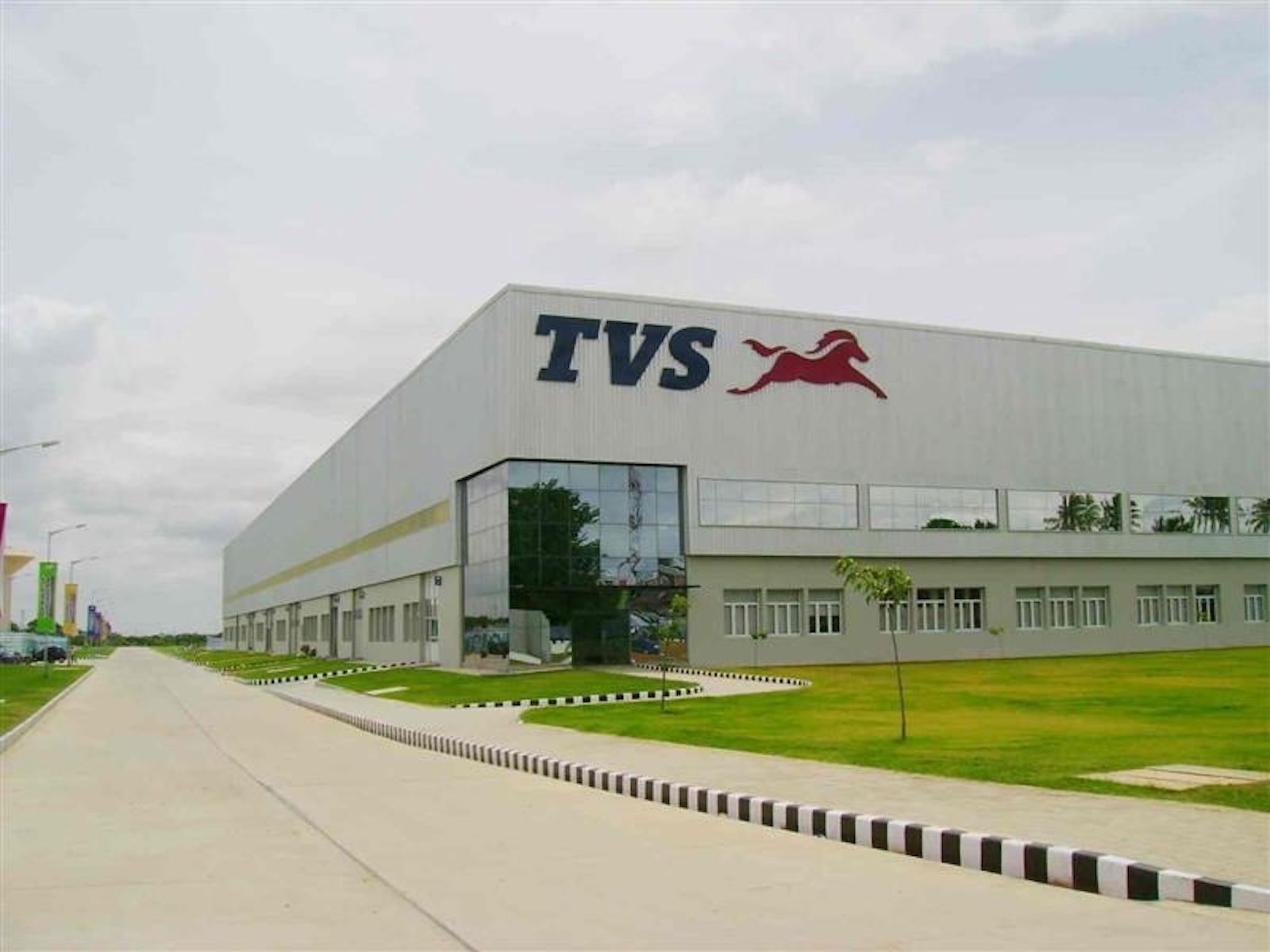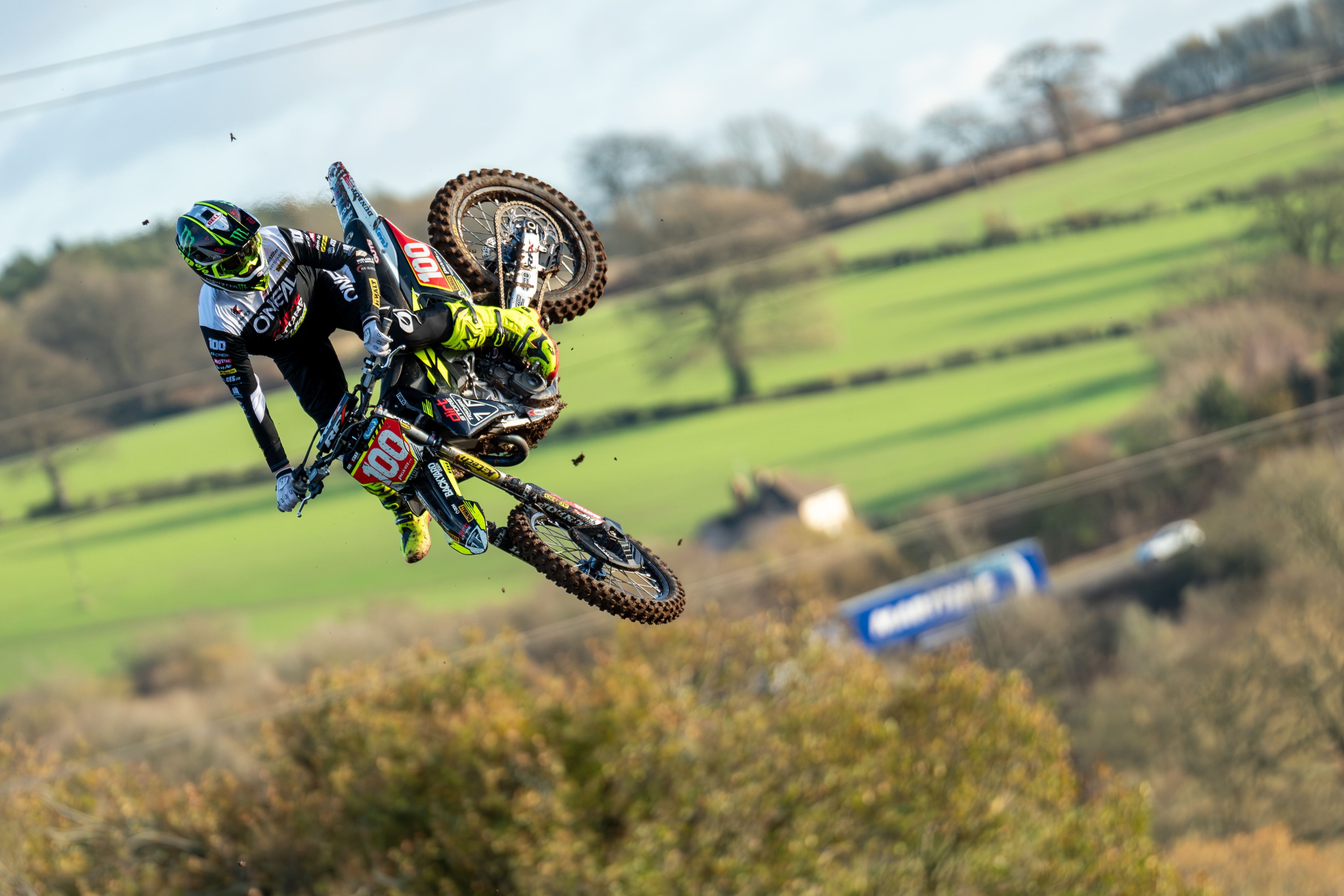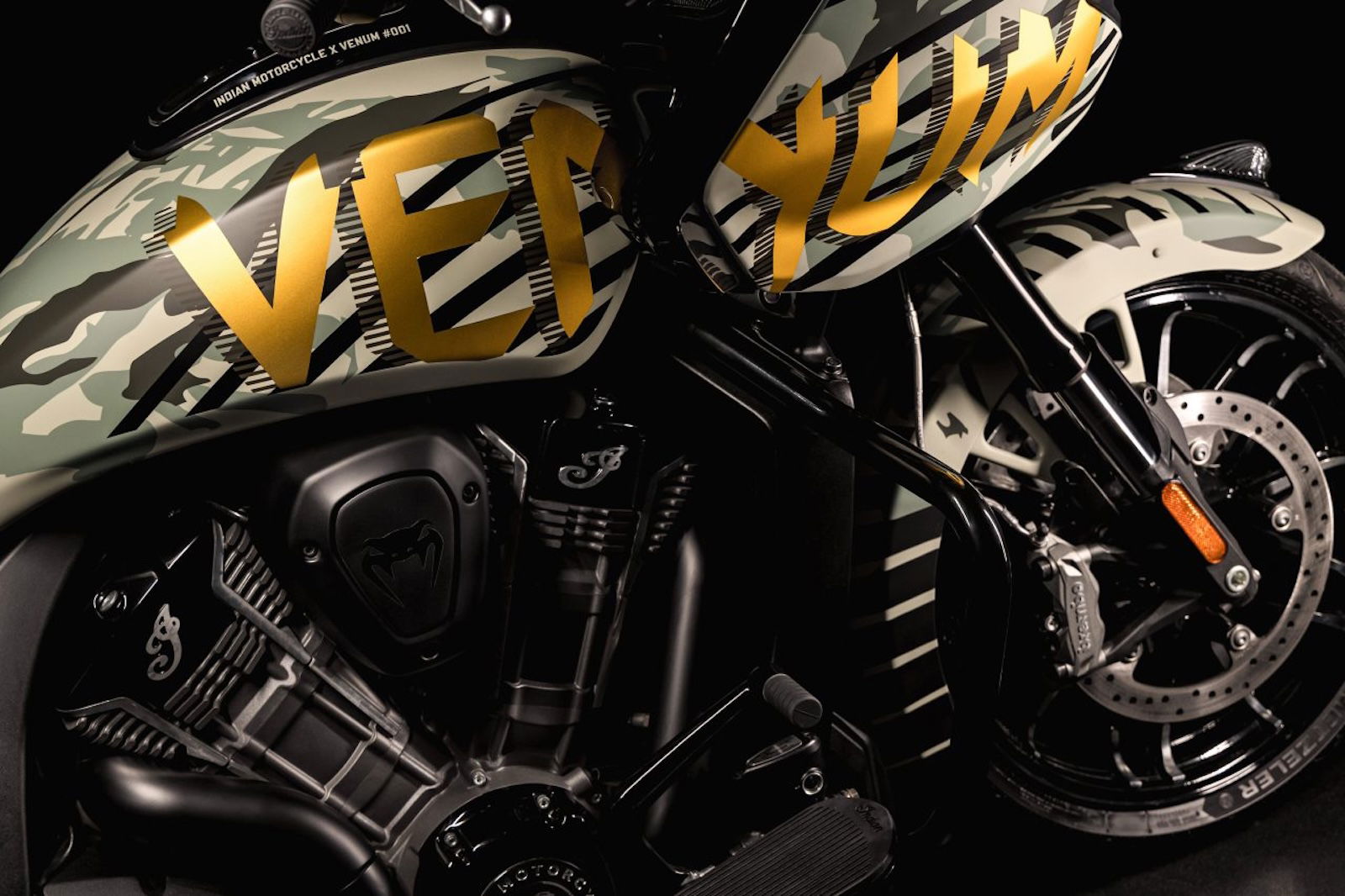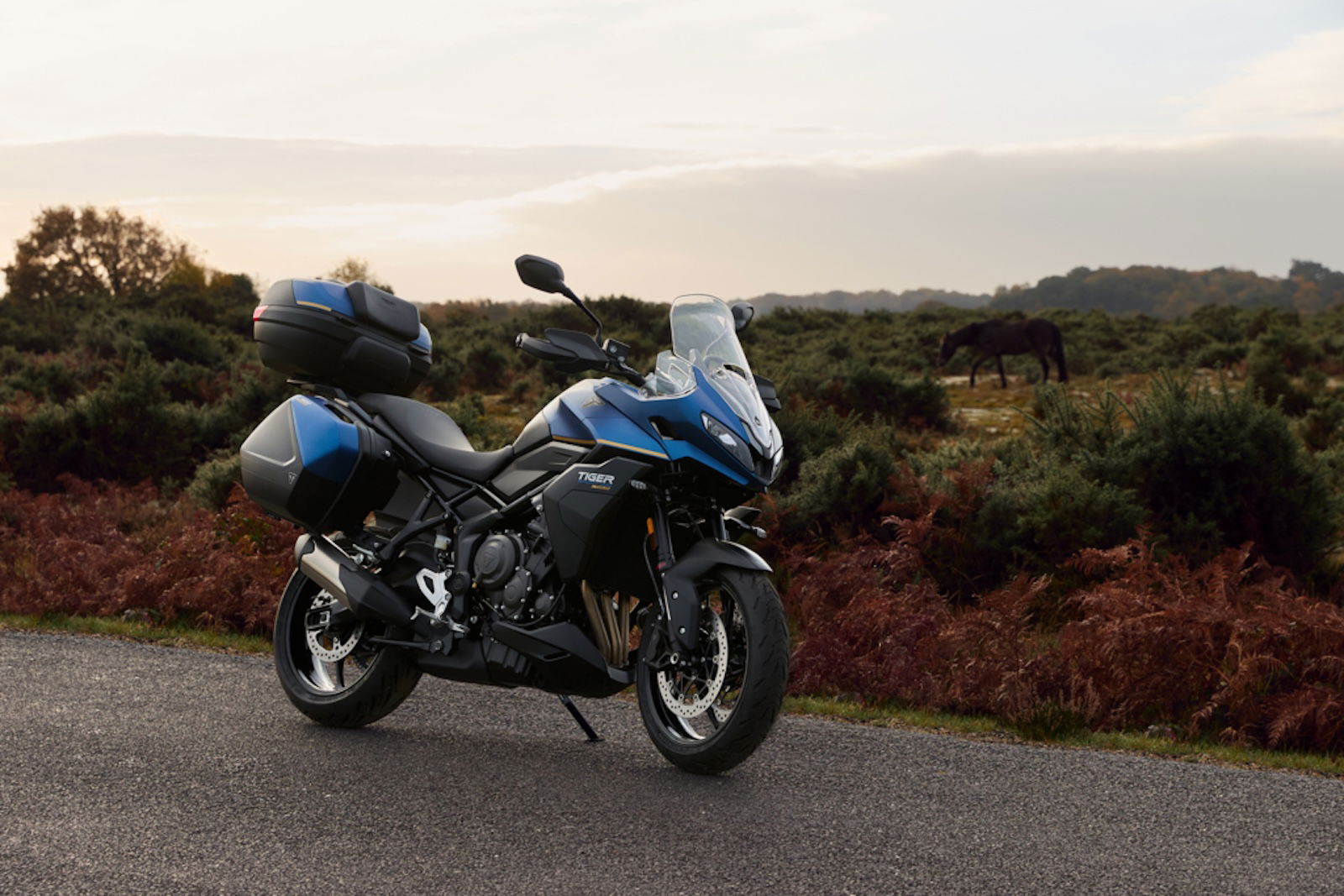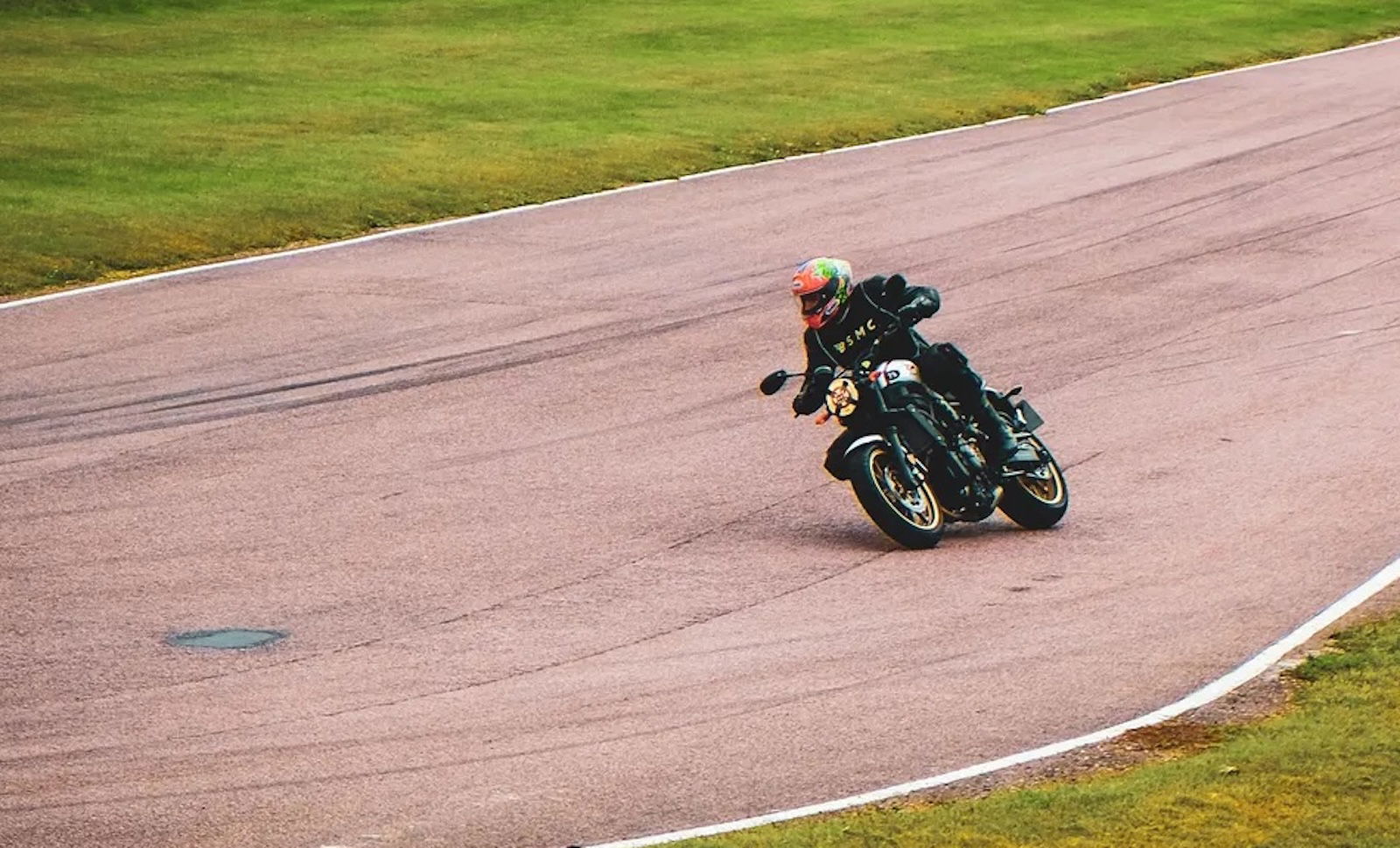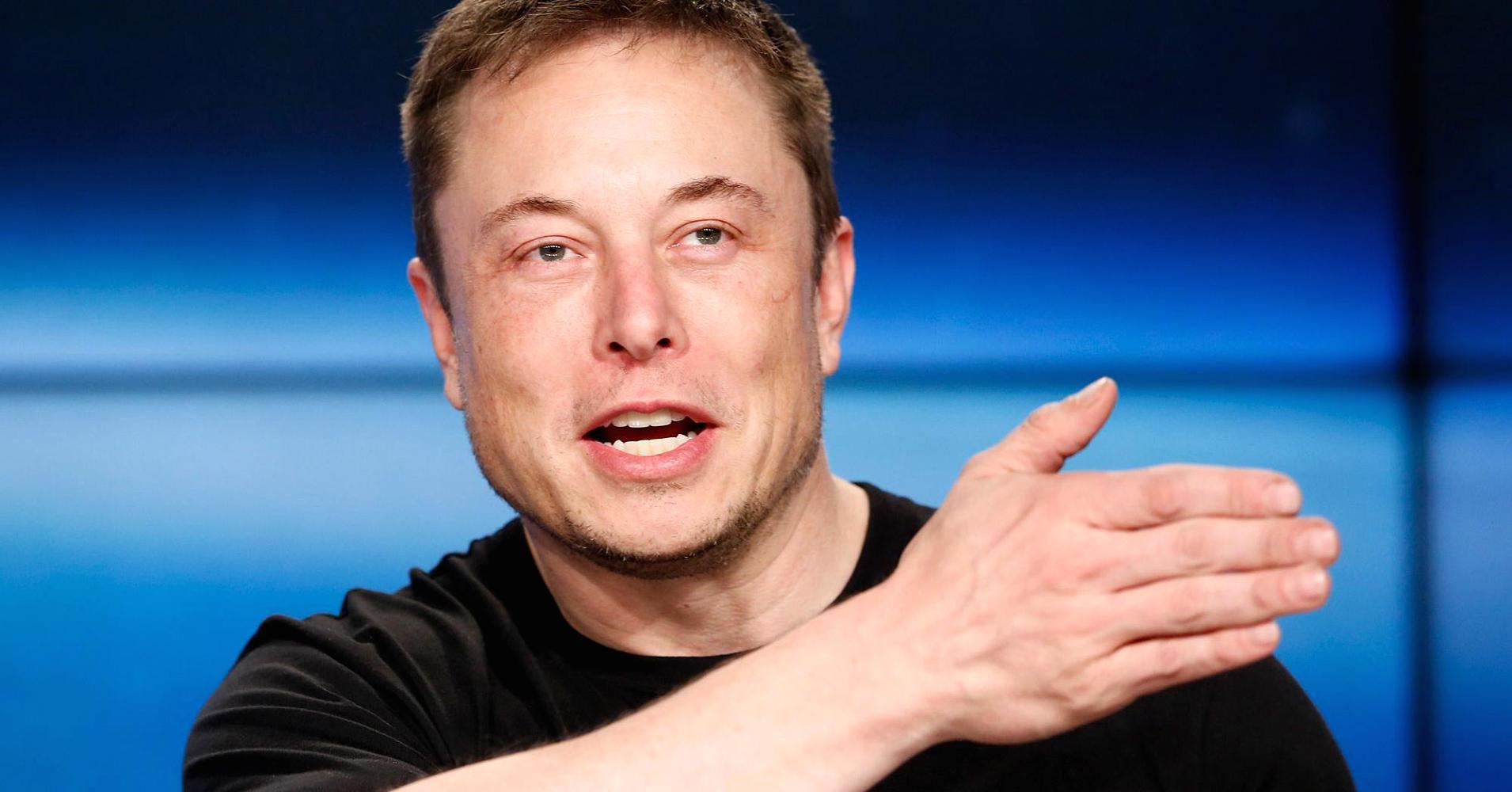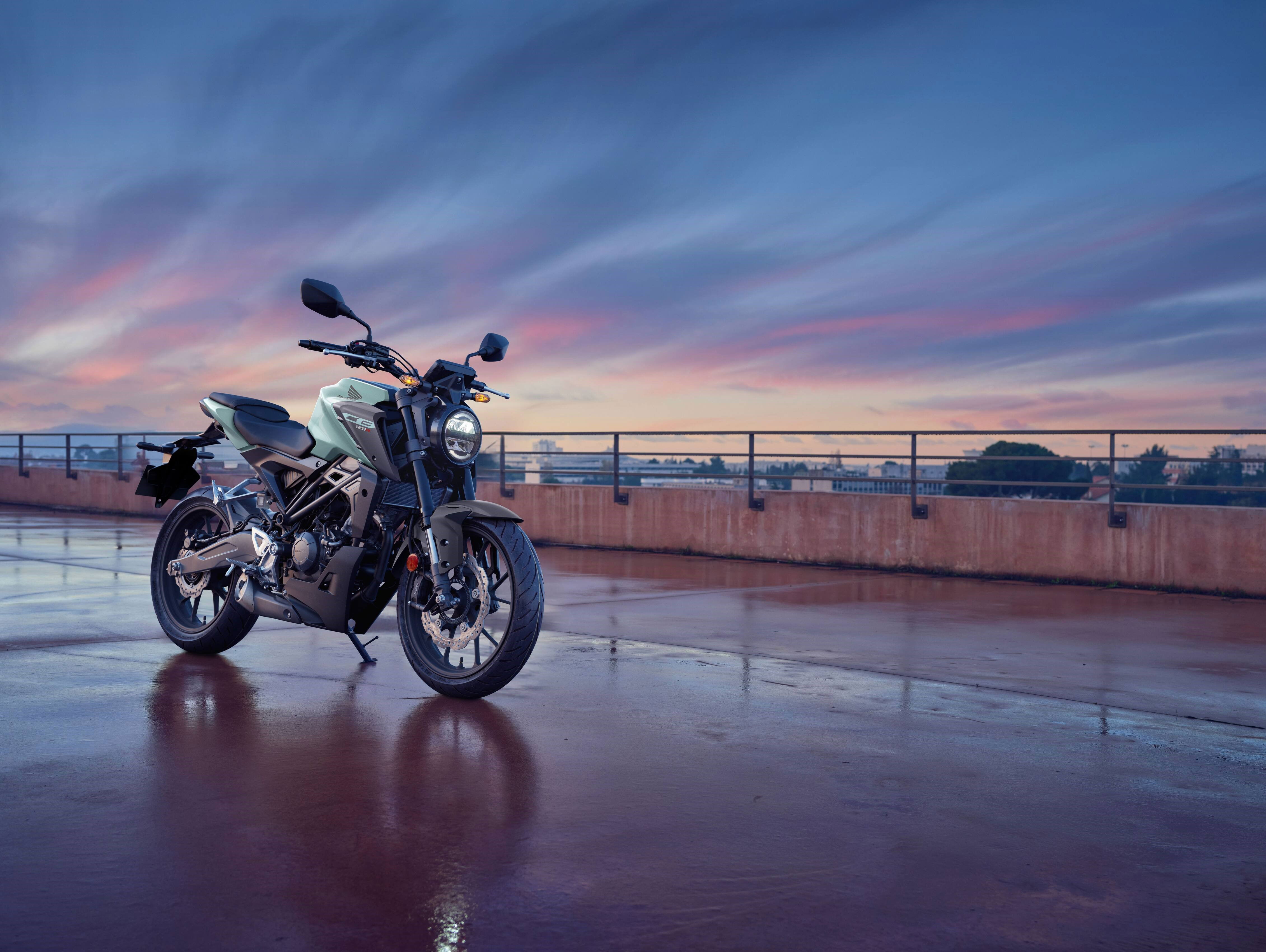Polaris dumps Indian: What it means
Indian has found a new home outside of the Polaris family, but what does that mean for the historic brand?
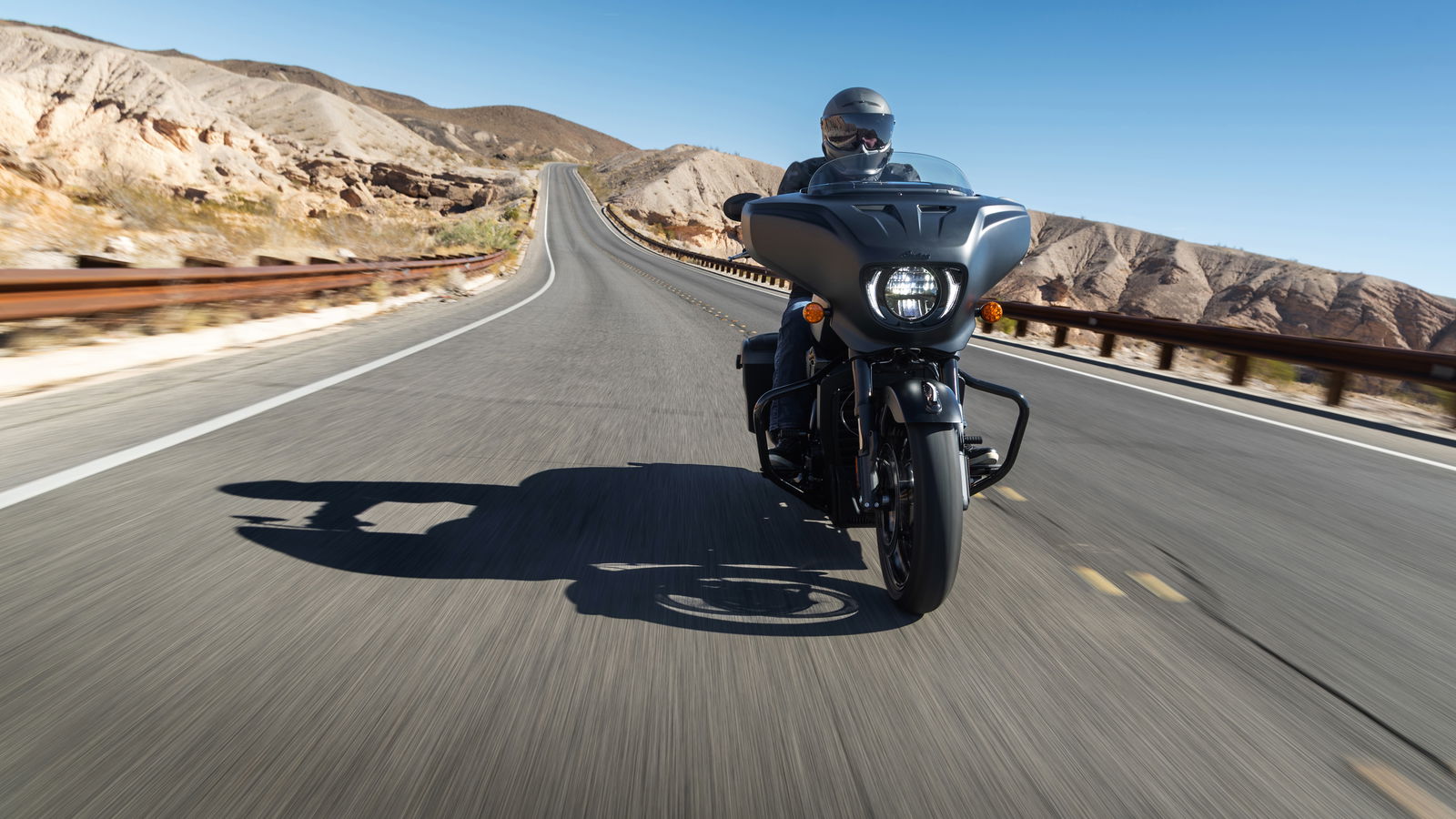
By now you may have heard the news that Polaris Inc. has sold its majority stake in Indian Motorcycle – effectively ending Polaris’ 28-year involvement in the motorcycling industry.
The buyer of that majority stake was Carolwood LP, a California-based private equity company with a diverse portfolio that includes everything from real estate to hot sauce to a guy who has built a career lip reading baseball players’ conversations. Here in the UK, it’s invested in a chain of bagel shops.
Hitherto, however, it doesn’t appear to have any experience in the world of vehicles - be that motorcycles, jet skis, cars, or dirigibles.
The unexpected and sudden nature of the sale, Carolwood’s seeming lack of relevant experience, and Polaris’ barely concealed glee at ridding itself of Indian have most observers confused and concerned for the future of this 124-year-old Indian brand.
Let’s break it all down and try to figure out what happens now.
How we got here
Cast your mind back to June 1997. Hanson’s “MMMBop” is No. 1 in the UK charts, and down the road from my high school in Bloomington, Minnesota, an upstart brand called Victory Motorcycles debuts its first bike - the V92C - by having an Indy car driver ride it into a restaurant in the world’s largest shopping mall (at the time).
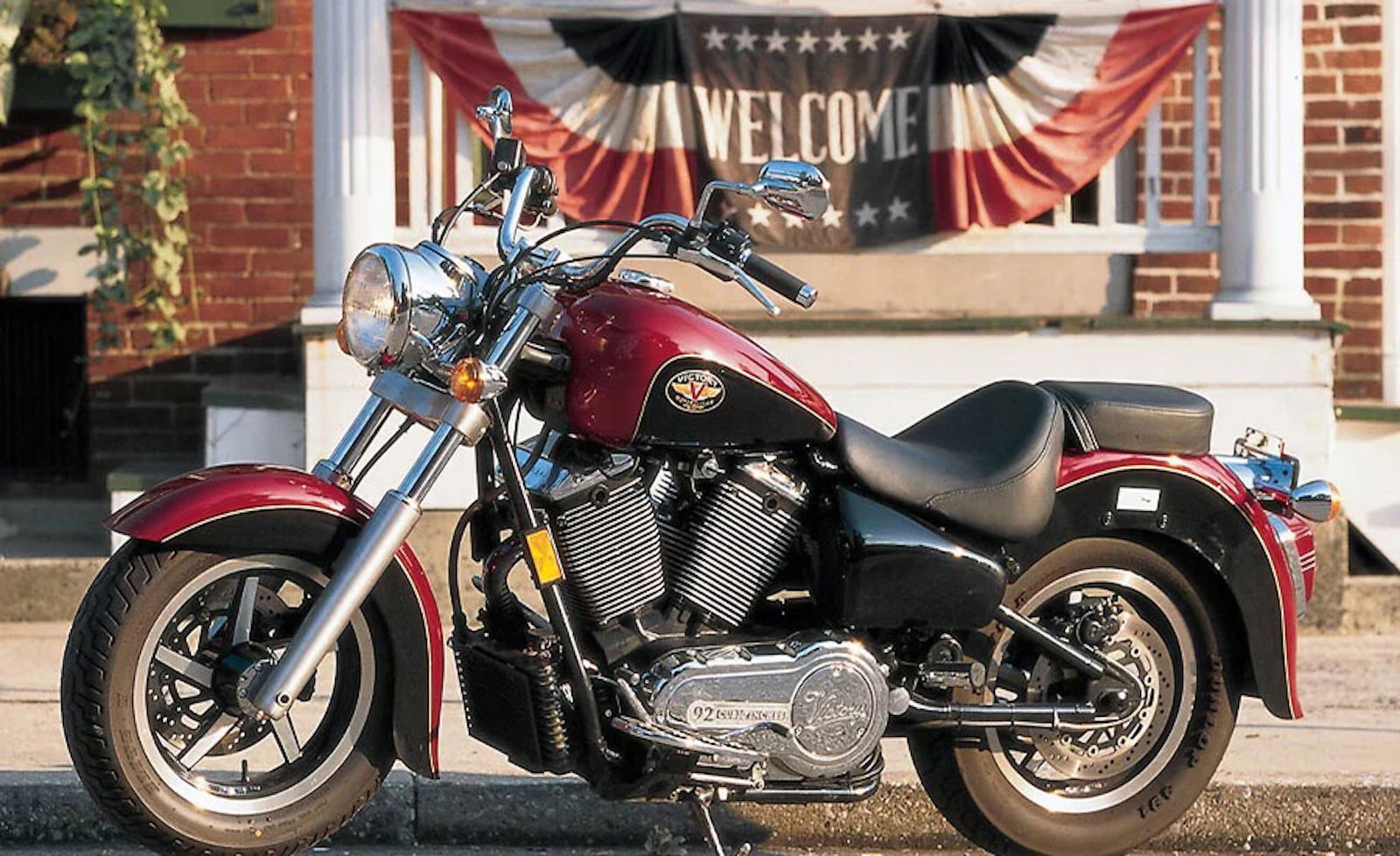
This all happened at a time when Harley-Davidson was struggling to meet consumer demand, spawning a flood of ‘Harley clone’ brands like Big Dog, Iron Horse, and the so-called “Gilroy Indian.” These were bikes that used S&S engines (which were copies of Harley engines) and looked and sounded like Harleys. They didn’t always have the quality of the brand they were imitating, but that didn’t seem to matter - consumers were paying stupid money for the bikes.
Polaris, then best known as a maker of snowmobiles, saw all this and decided that it wanted in on the action. But rather than take the Harley clone route, it decided to put in some genuine effort.
Victory Motorcycles’ bikes were actually quite good. And it can be argued that they moved the game forward in terms of American motorcycling. If not simply by keeping Harley-Davidson on its toes.
Many years ago, a Harley engineer grumbled to me in confidence: “Polaris doesn’t have any new ideas. They just take what we do and make it 10 per cent better.”
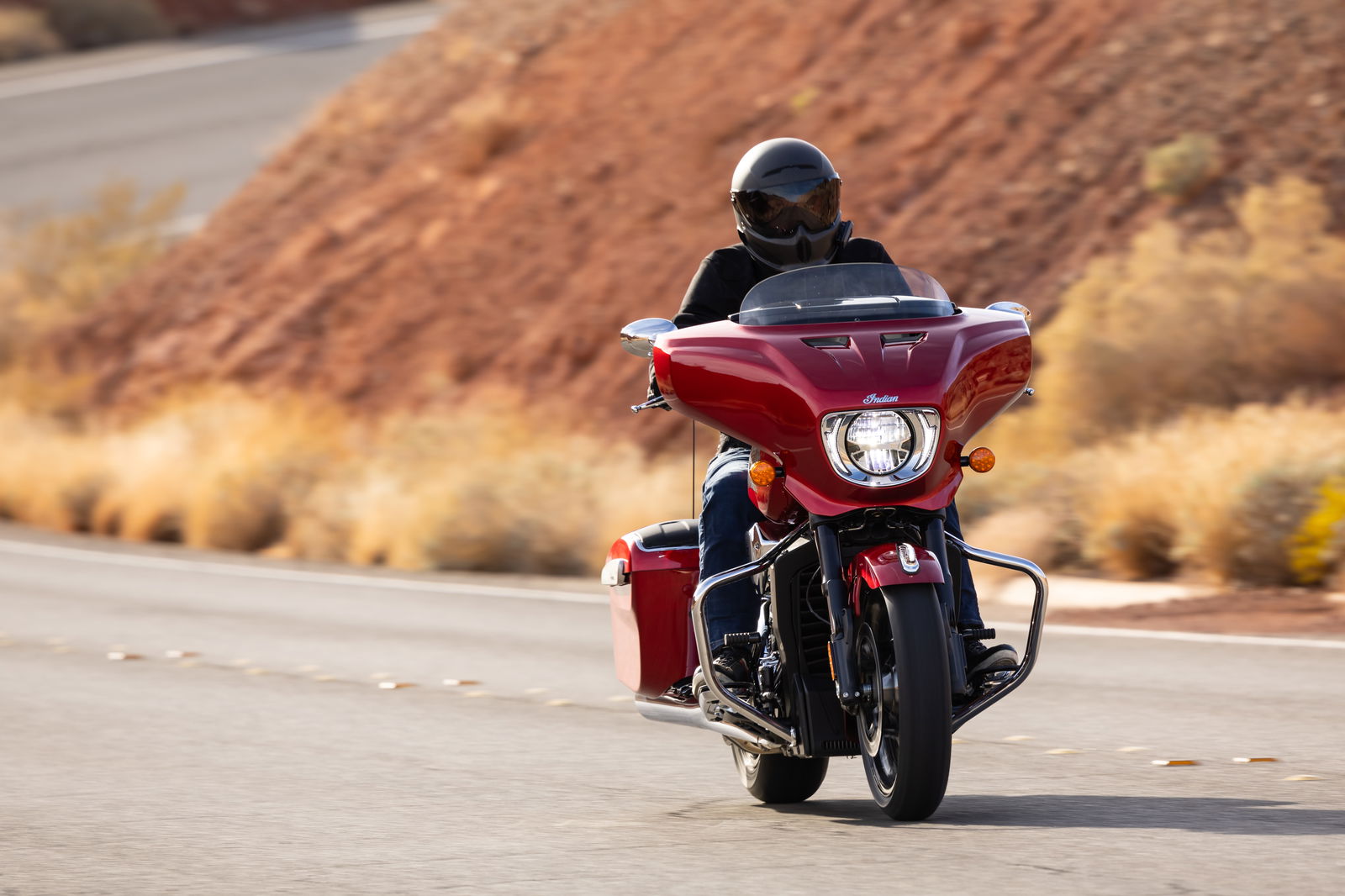
Maybe. But, you know, 10 per cent better is still 10 per cent better.
Unfortunately, that didn’t translate to the success Polaris was hoping for. Beating Harley at a game that Harley invented is really, really hard. Victory had its fans - I was one of them - but it couldn’t get enough units out of the door to really generate success.
This created a loop similar to the one Suzuki sometimes seems to be stuck in: its engineers had some really, really good ideas, but those ideas rarely made it off the drawing board because sales revenue didn’t support production of new products. Lack of new products, in turn, hurt sales.
In 2013, Polaris bought the Indian Motorcycle brand. Founded in 1901, the Indian name brought a kind of automatic prestige that Victory was struggling to earn on its own. The “buying a legacy” tactic is one that many companies have used over the years, eg, the current iterations of Benelli, Morbidelli, Moto Morini, BSA, Norton, and so on.
How well the tactic works depends on how much effort you put into living up to the hype - how much you back up your talk of heritage, quality, craftsmanship, passion, etc. Initially, Polaris seemed pretty committed. It shuttered Victory in 2017 (much to my chagrin) in part to put all of its motorcycling focus into the Indian brand. It made a number of very good motorcycles, and put effort into building a community of riders.
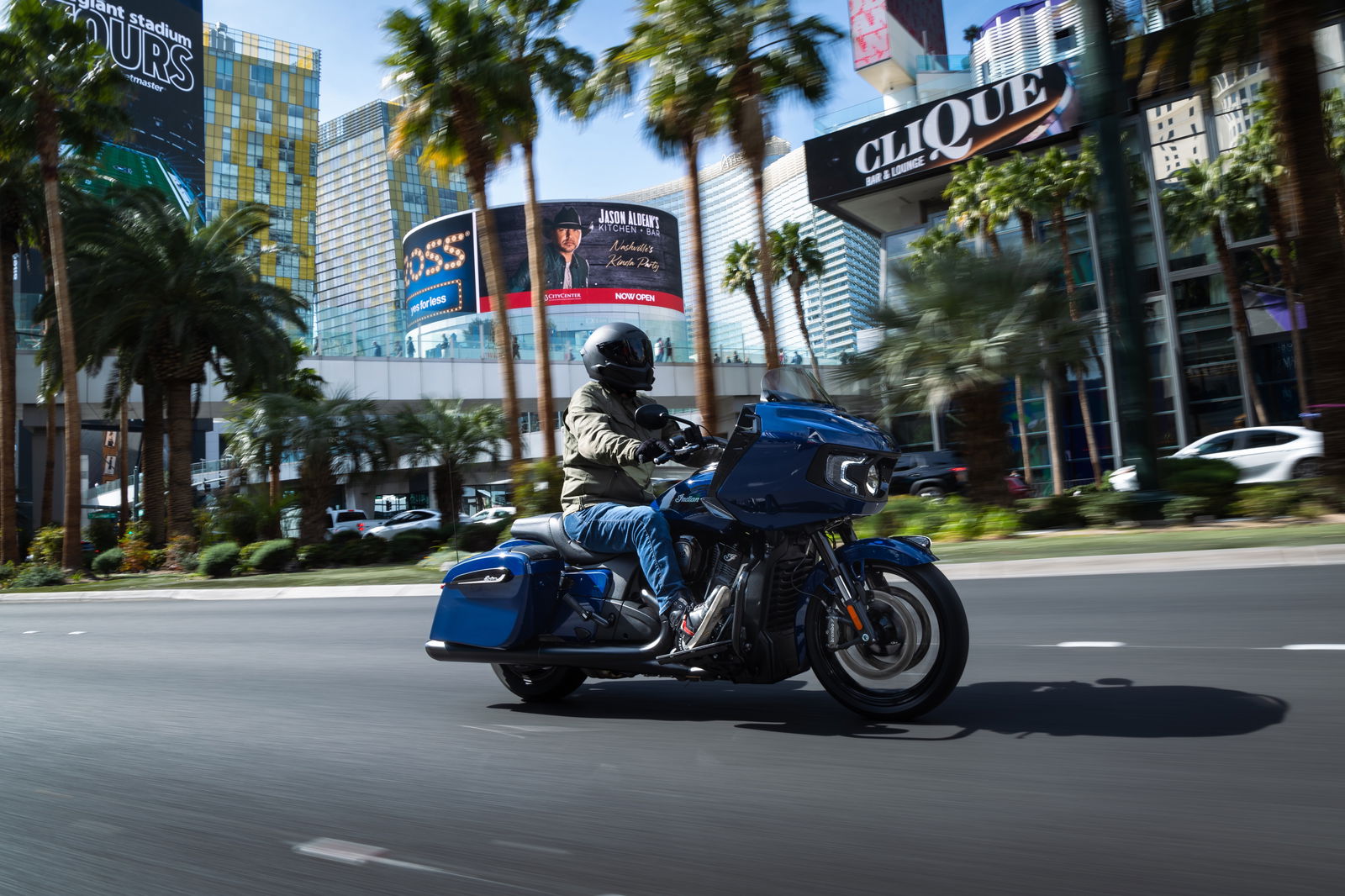
In the last few years, though, things have been unsettled. Planned projects were shelved (for example, we know from leaked documents that the FTR platform was supposed to have spawned an adventure bike), some models were scrapped, updates to other models became less frequent, and, for an old Victory fan like me, things started to look worryingly familiar.
Major events like last year’s dramatic overhaul of the Scout platform made me think/hope that perhaps I was being too cynical, but - with the benefit of hindsight - you can really see the writing on the wall over the last 10 months. Polaris had lost the love.
Reading between the lines of Polaris’ media release announcing its split from Indian, you can sense a great deal of relief and happiness from bean counters.
“The sale will further strengthen our focus on the areas of our portfolio that offer the strongest growth potential,” says Polaris Chief Executive Officer Mike Speetzen. “It also will unlock greater long-term value for Polaris and our shareholders, with immediate value creation that we expect will become increasingly meaningful over time.”
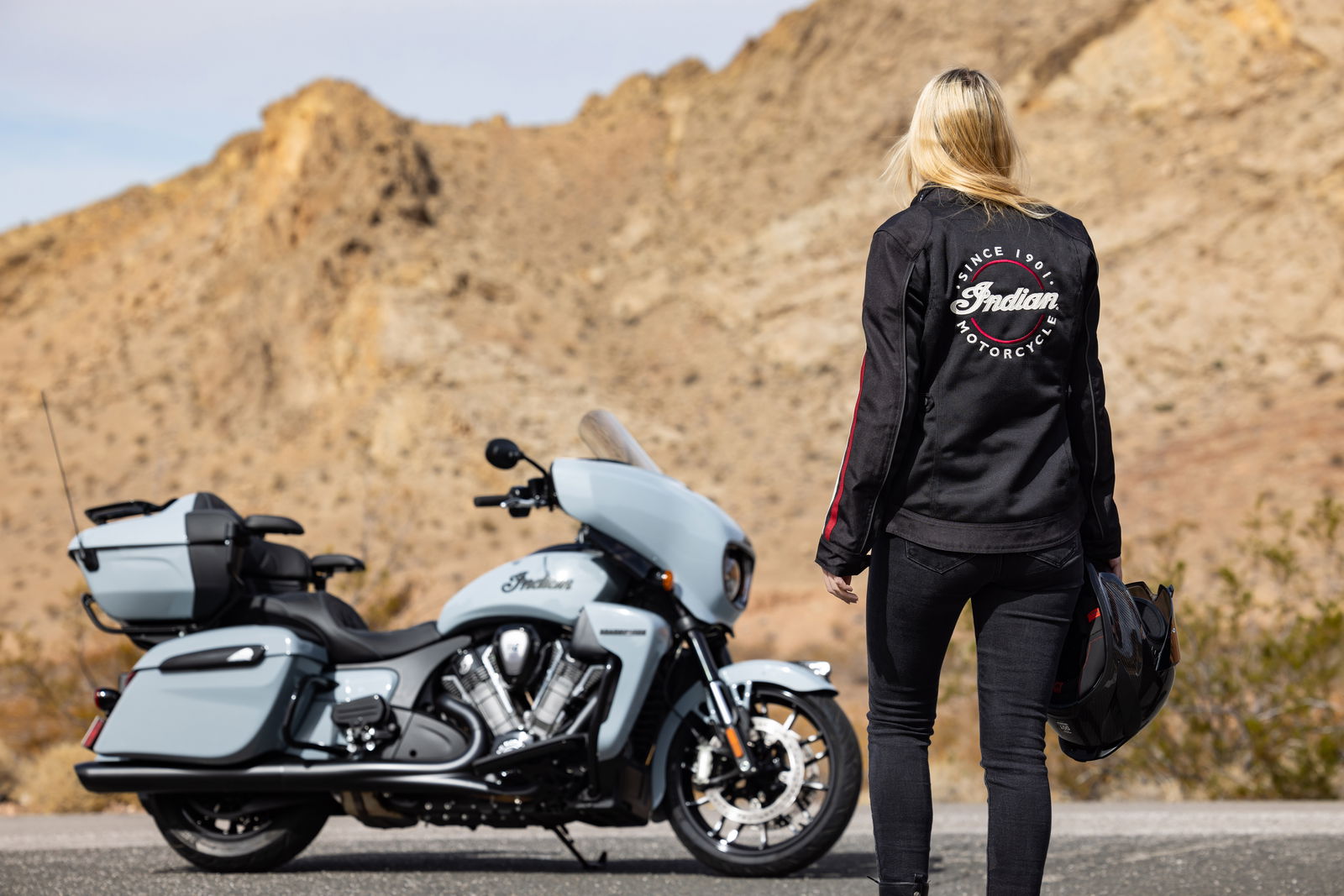
Translation: If Indian was making any money (Polaris was always very cagey about reporting this), it wasn’t making enough - and attempting to fix the problem likely would have hurt our bottom line.
So, what happens now?
This is not a fire sale. Indian Motorcycle still exists and will continue to do so for some indeterminable amount of time. Two quarters? Two years? Two decades? Two centuries? That’s where things get uncertain.
Right now, though, Indian Motorcycle is (or will be, once this deal is completed) its own separate entity, with 900 employees, manufacturing facilities in Spirit Lake, Iowa, and Monticello, Minnesota, and an industrial design and technology centre in Burgdorf, Switzerland. It still has its global network of dealerships. And it will, according to Polaris’ media release, “continue selling motorcycles and parts, garments and accessories, and providing service through its global Indian Motorcycle dealer network.”
Carolwood has brought in Industry veteran Mike Kennedy to head up Indian. He’s worked for Harley-Davidson at the executive level, as well as having headed Vance & Hines. More recently, he was CEO of RumbleOn - now known as RideOn - which is a bit like a US version of SuperBike Factory mixed with AutoTrader.
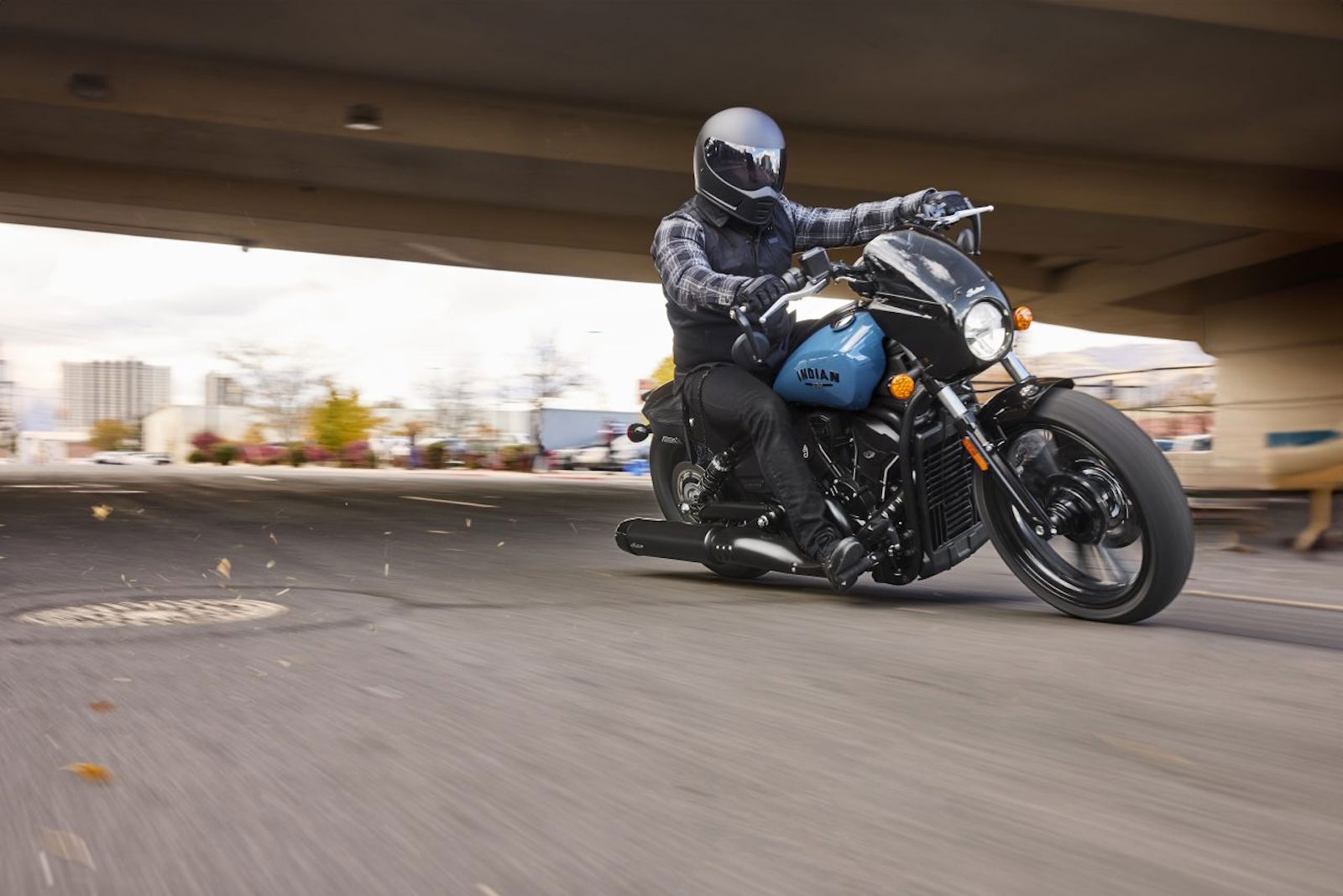
“Mike Kennedy brings over 30 years of experience leading iconic motorcycle and performance brands and will play a critical role in stewarding Indian Motorcycle's growth,” says Adam Rubin, Principal at Carolwood, “Indian Motorcycle has defined American motorcycling for over a century, and Carolwood's role is to ensure that legacy thrives for the next hundred years.”
What does the future look like?
Looking into the unknowable future, it seems the two most likely scenarios are this:
SCENARIO 1: Indian gets carved up; its assets are sold, those 900 employees find themselves waiting tables to pay the bills, and the brand name gets bought by some Chinese or Indian mega-company.
SCENARIO 2: Carolwood LP is telling the truth when it says it’s “deeply committed to preserving what makes Indian Motorcycle special, supporting its growth, and empowering the team to write its next great chapter,” and everyone makes an honest go of things.
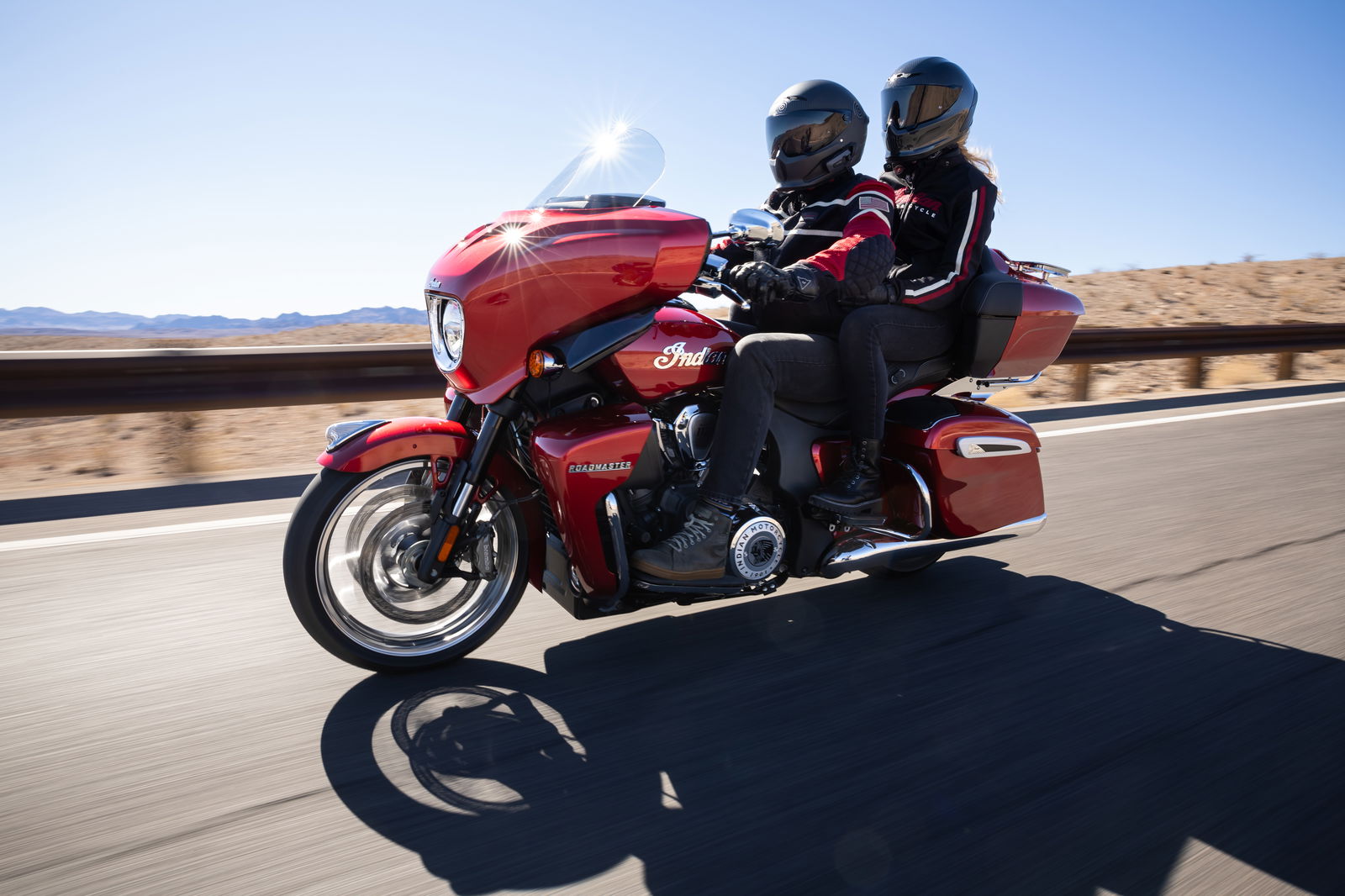
Recent history leans toward the first scenario when it comes to private equity firms getting involved with motorcycling companies. However, Carolwood LP has a history of holding on to assets. To date, at least, it has reportedly not sold any of its acquired assets.
And hiring Mike Kennedy doesn’t seem like the sort of thing you’d do if your goal was to just gut the brand for easy cash. Additionally, Polaris will be holding onto a minority (but not controlling) stake of Indian - not necessarily something it would do if it thought things were going to go up in smoke.
So, let’s take a positive view, shall we?
Ducati spent 16 years under the ownership of private equity firms. In 1996, Texas Pacific Group acquired a majority stake in the iconic brand, before taking full ownership in 1998. In 2006, ownership shifted to another private equity firm, Investindustrial, who then sold it on to the current owners, Audi, in 2012.
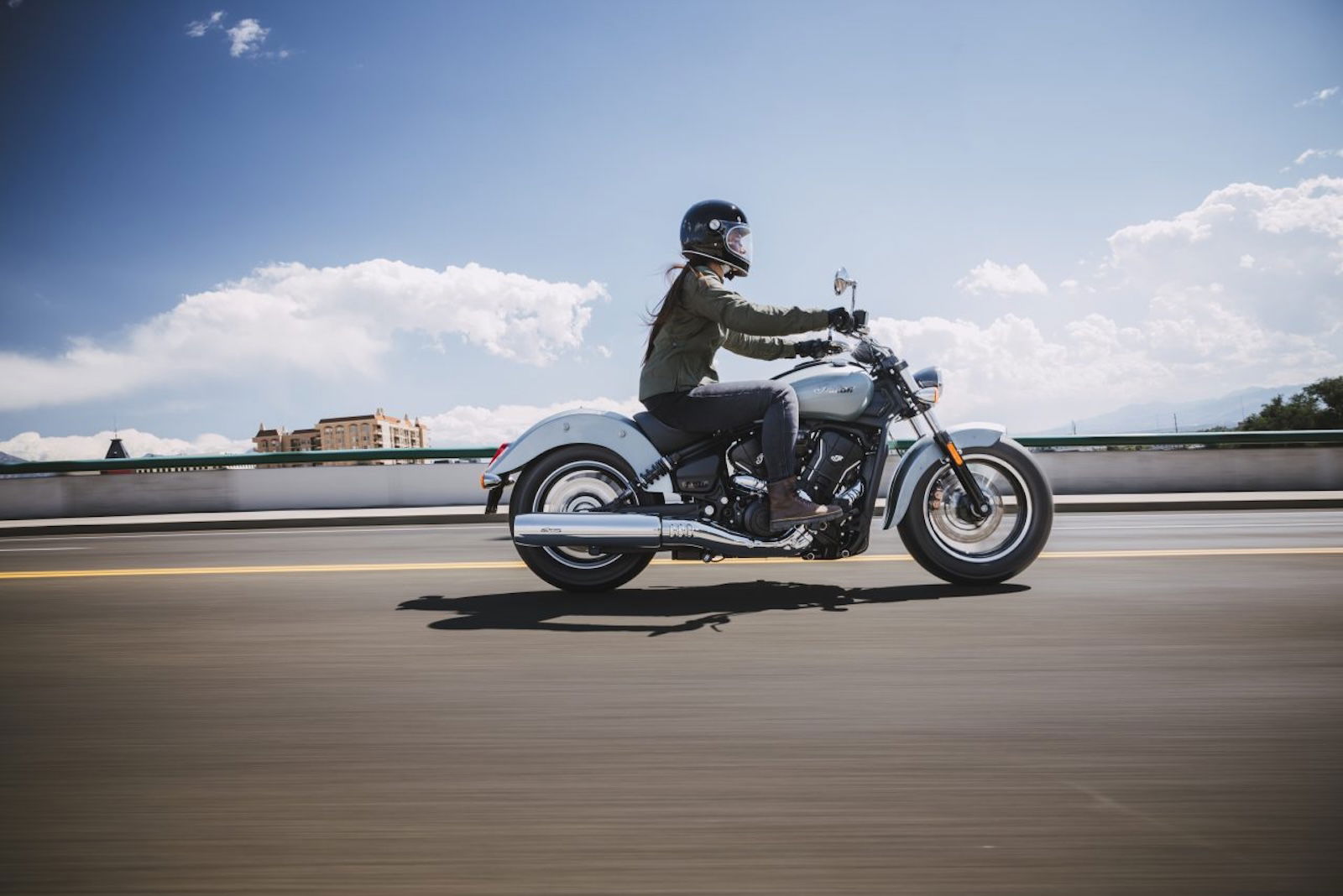
Things seem to have turned out well there. Ducati had revenue gains of more than €1 billion last year.
Admittedly, Ducati’s situation was a bit different. It went into private equity ownership with almost 50 years of continuous motorcycle production and all the goodwill that comes from that in terms of consumer interest. It operates in a different segment. And on and on. But you get the point: private equity ownership does not automatically mean bad things.
It will likely mean fewer things, though. Fewer assets. Fewer bikes being made. I’d expect at least one of those manufacturing facilities to be shut down/sold off. Maybe both if Indian thinks it can get away with manufacturing in another country (although, being American-made has always been one of its unique selling propositions). I’d expect the industrial design and technology center to go, too.
That will mean that at least some of those 900 employees will also be going. If I were an Indian Motorcycle employee right now, I’d definitely not be taking out any new mortgages.
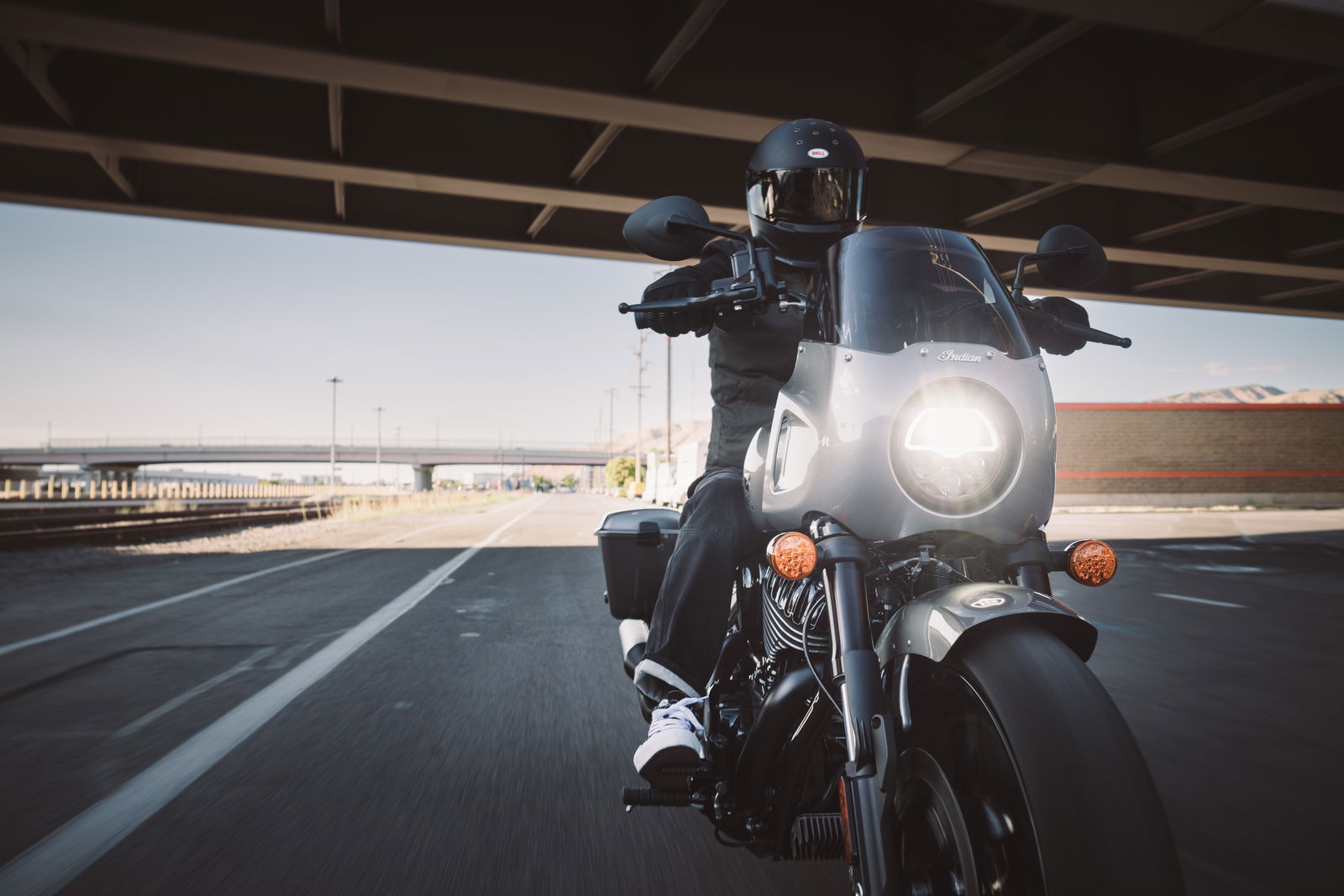
At the same time, however, Indian will need to do what Polaris didn’t seem to enjoy spending money on: develop new products to gain new customers. That’s going to be hard.
With Indian no longer subject to the scrutiny and limitations that publicly owned companies face, it can, perhaps, more easily take out loans to invest in future products. But there are all kinds of potential problems there. Companies sinking themselves with debt is a common theme in motorcycling - one that Indian’s felt a few times over the years.
Additionally, Indian will have to face weakened consumer confidence. I love the Indian Chieftain Dark Horse, but even if I had the £26,395 that Indian asks for that bike, there’s no way I’d be buying one. What faith can I have that Indian will be around a year from now, or five years from now, when I need some parts?
Indian has a big mountain to climb. Ducati has shown that it’s a mountain that can be conquered, but plenty more have failed. It will be interesting to watch.
For more motorcycle news and views, stick with Visordown.
